Beijing 1947, in color: at the turn of the eras
Categories: Asia
By Pictolic https://pictolic.com/article/beijing-1947-in-color-at-the-turn-of-the-eras.htmlOne of the greatest cities in the world was captured on color film the American photographer Dmitri Kessel in 1947. For a city with thousand years of history it was a brief moment between past and future — 2 years as ended the Japanese occupation and only two 2 years left before the capture of the Northern capital by the red army of Mao. All these four years between the Japanese and Maoist Beijing was officially called "Beiping" ("North peace"), because the official capital at that time was in Nanjing. When Mao in October 1949, proclaimed the people's Republic of China with its capital in Beijing, the city returned the name "Beijing" ("Northern capital"), is used prior to 1929 and the period of Japanese occupation (1937-1945).
The pictures we see are actually more feudal Beijing the Imperial age, of the signs began in 1911 Westernization — only tramways, Telegraph poles and a few European species.
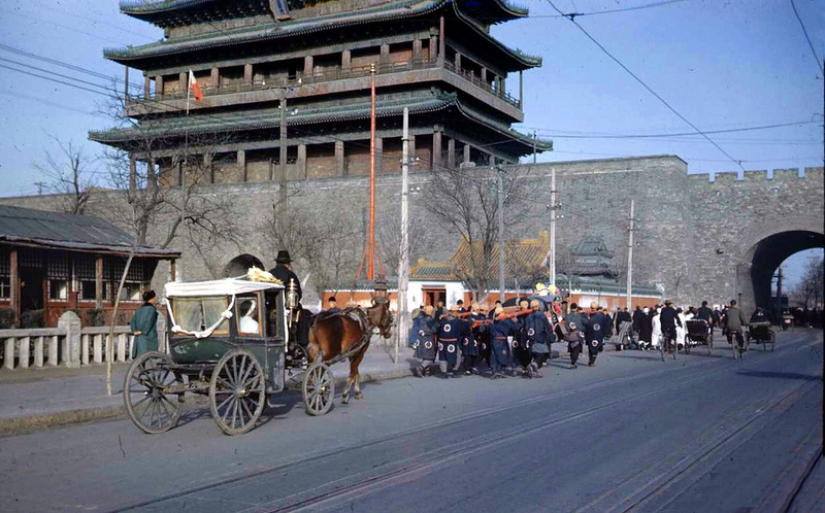

The Central streets are deserted, hardly any cars, and even cyclists - rare

Where else can you see on the colored film, this method of getting around the city?
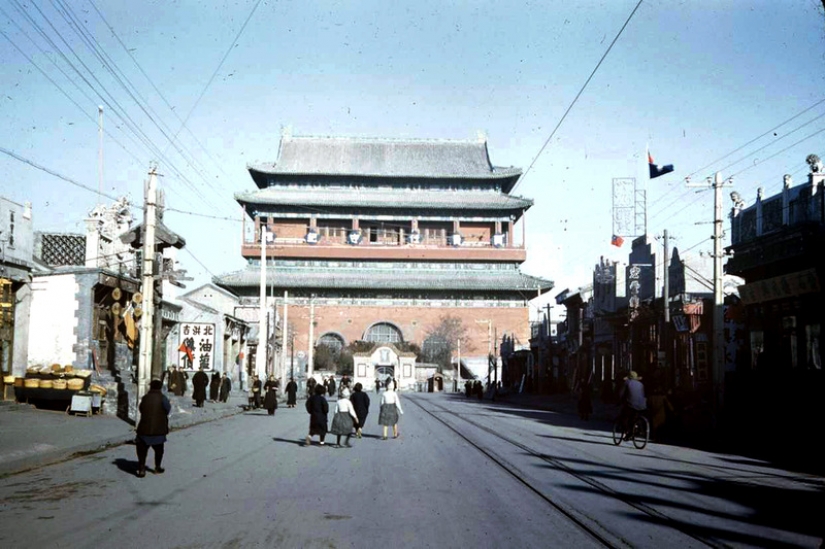
EU is difficult to remember what it's called - the palanquin
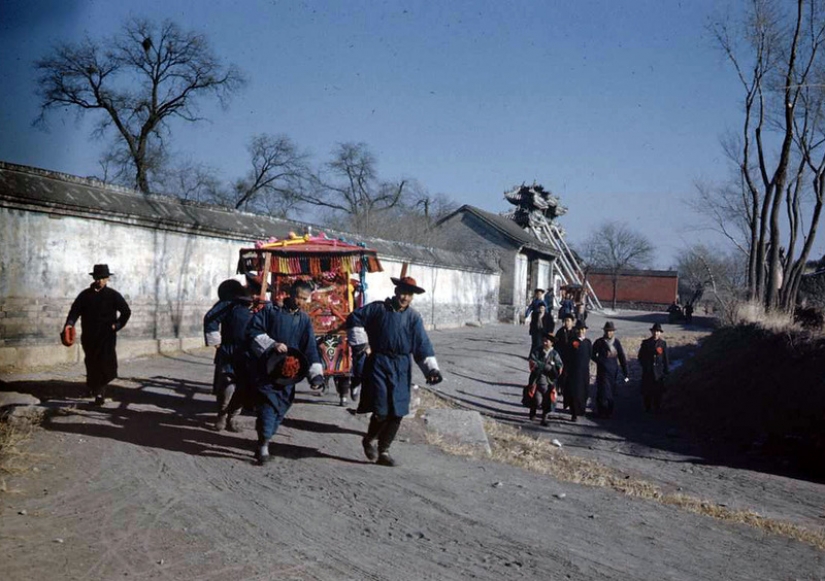
On the "Gate of Heavenly Peace", is now forever taken by the portrait of Mao, in 1947, still wearing the face of Generalissimo Chiang Kai-shek
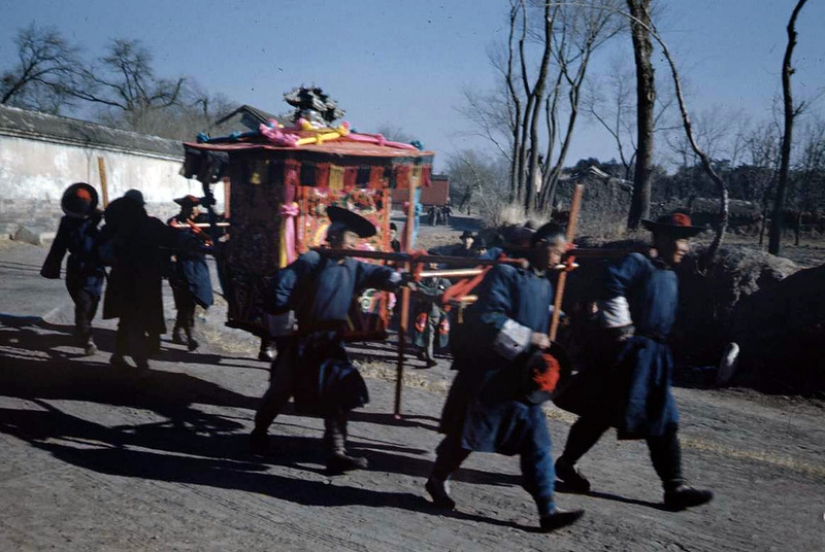
And it was not the only portrait
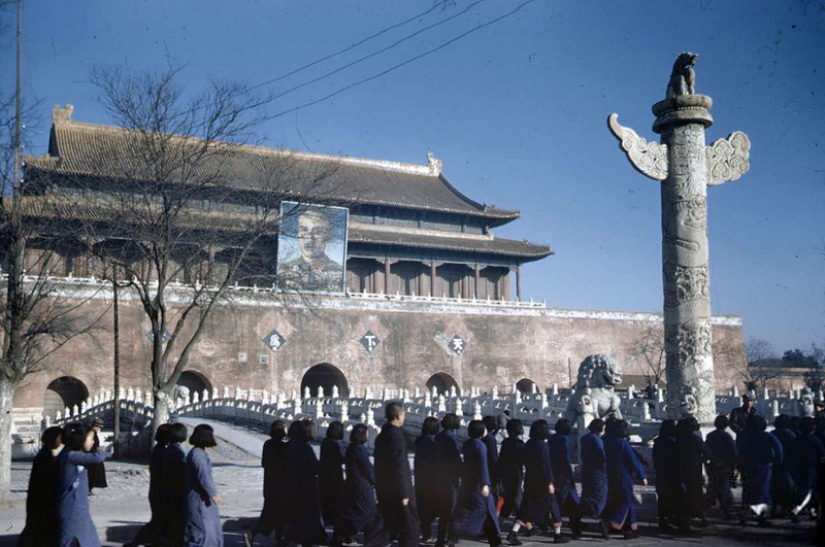
Beijing from the air. The core of the urban composition is the Forbidden city, a huge complex of Imperial Palace, almost is an analogue of the Moscow Kremlin in the past
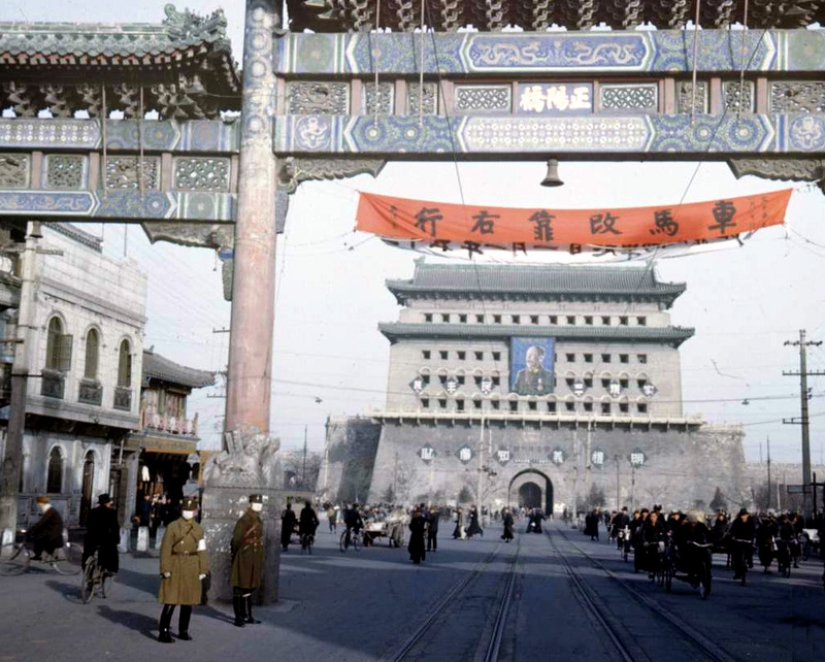
A Beijing 1947, and 1977, it is 99% one-story city, consisting of districts"Hutong"
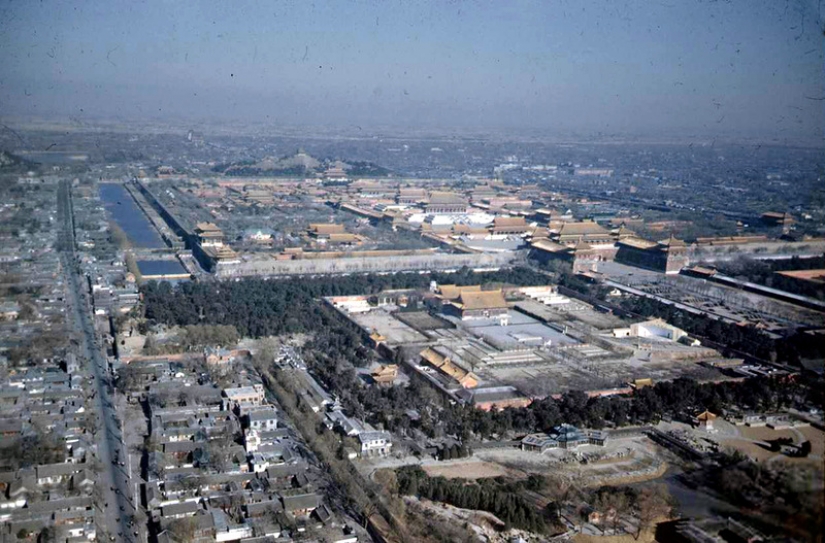
Now some "Hutong" is saved in the centre of the city as historic monuments of urban culture. There are no streets, only a maze of narrow passages between the houses, pigs in the back yards, all belongings in the yard. A completely unfamiliar world. One of the main shopping streets
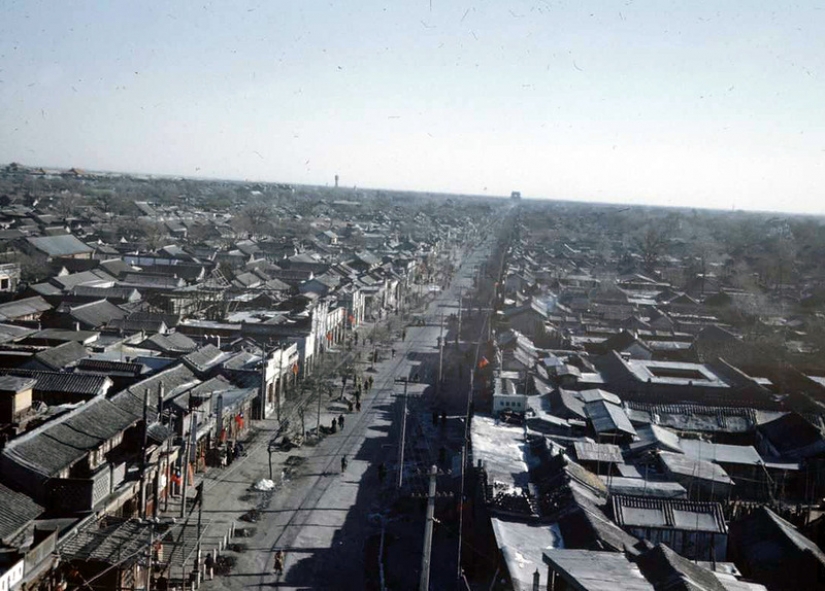
Fortunately, these ancient gate in the city centre has survived to the present day
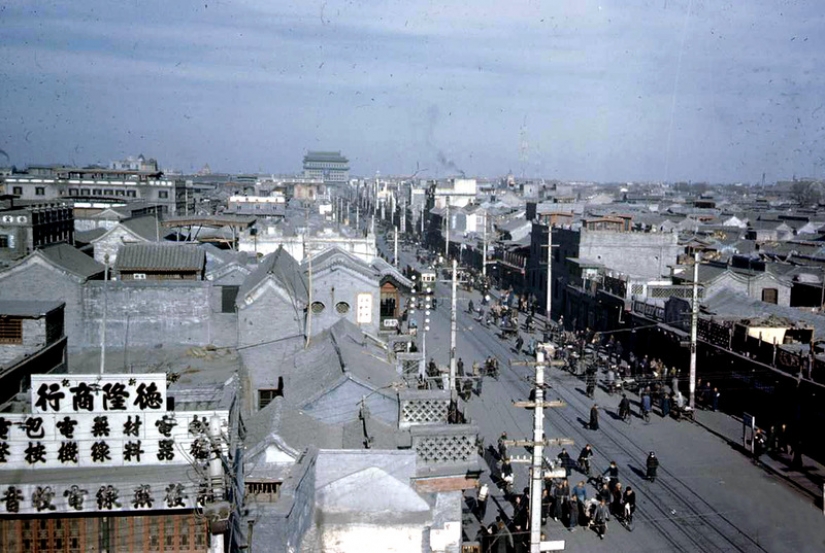
Against this background, the building of the well.d. station European style plus the Golden look unexpectedly
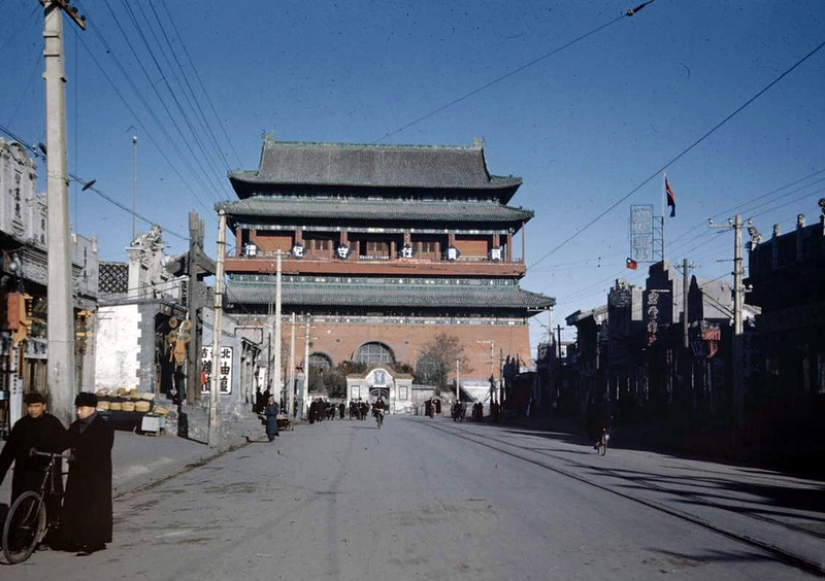
Some kind of procession on city street
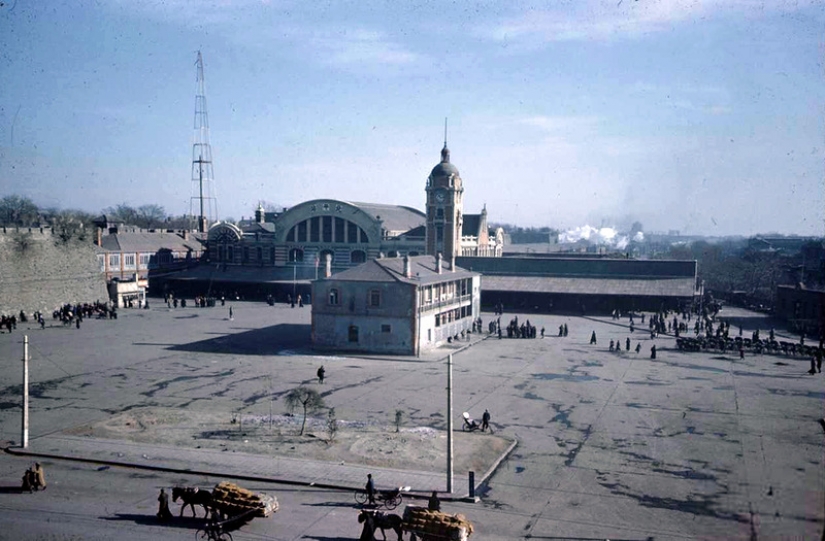
Dining at the pagoda on versine one of the hills in the city
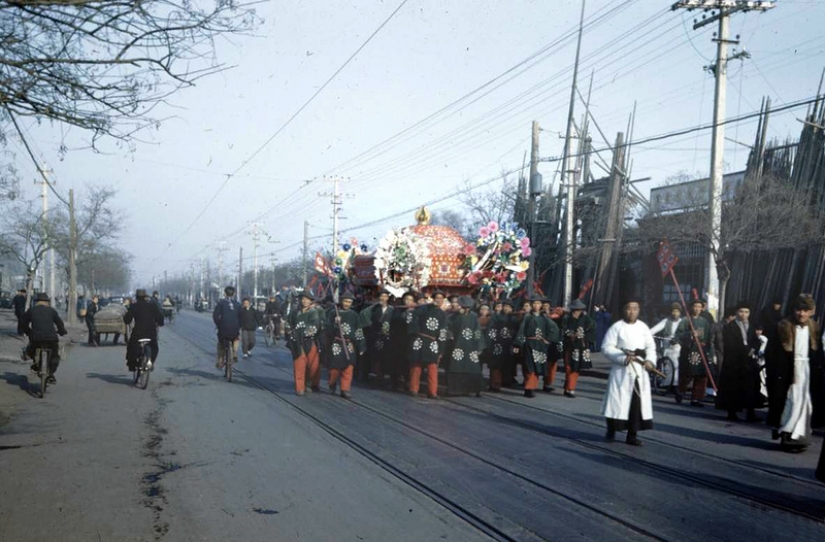
City catering. Generally, it is now China can be seen very often, and today in London these characters are on Kamenskom the market.
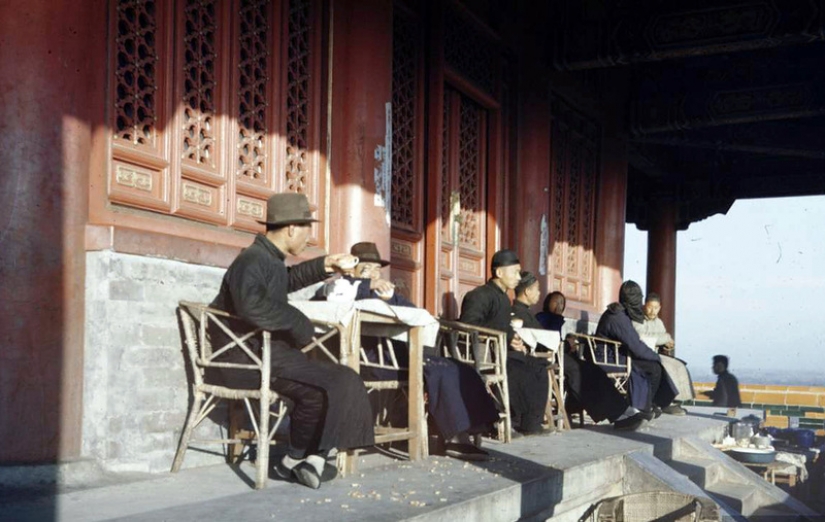
Chinese clothing market forever
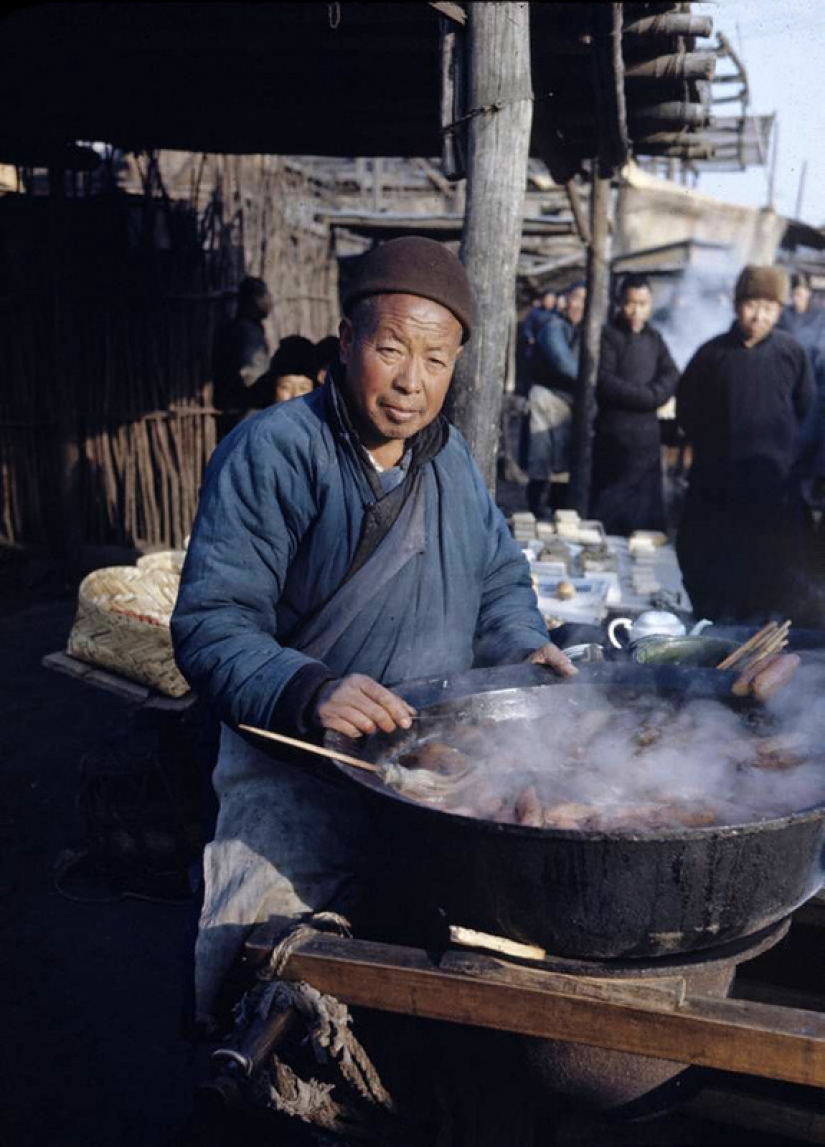
Beijing winter came
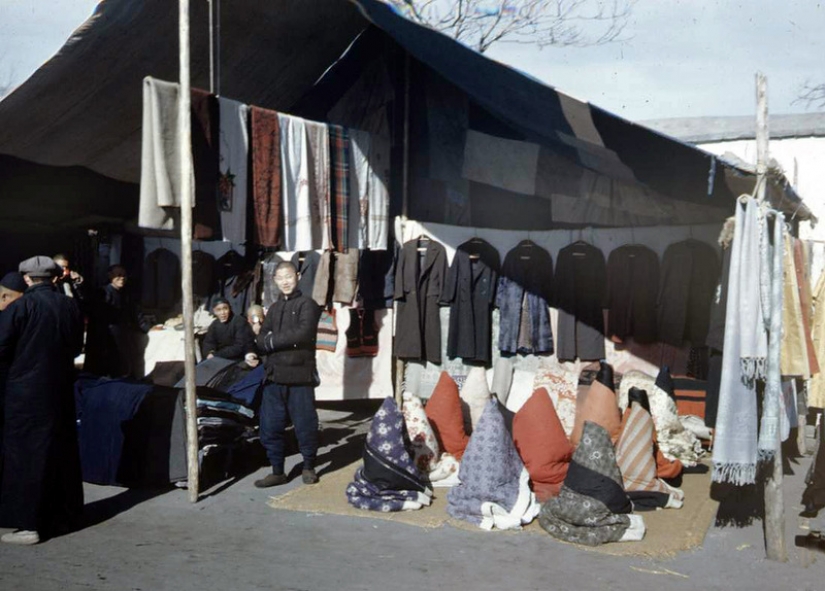
Trishaw updates the path

And the lights in the art Nouveau style!
Keywords: 20th century | 40s | China | Beijing | Colour image
Post News ArticleRecent articles

We present you a selection of amazing beaches — but today these are not standard holiday destinations, but really unusual places. ...

Aerial photographer cronista johnny Miller demonstrate dramatically the gap between rich and poor in cities of South Africa, Mexico ...
Related articles

There was in the world, in the United States of the late 1940s, years nurse. And her name was Dorothy Bradley. Poor Dorothy weighed ...

In 1947, LIFE magazine photographer Alfred Eisenstadt took a series of photographs at the Swiss resort of St. Moritz, an island of ...

In the project "Phantom Shanghai" canadian photographer Greg Girard turned his lens on the city at the time of important changes. ...

On April 22, 1923, Bettie Page was born in Nashville, who became a sex symbol throughout the country in the middle of the century. ...